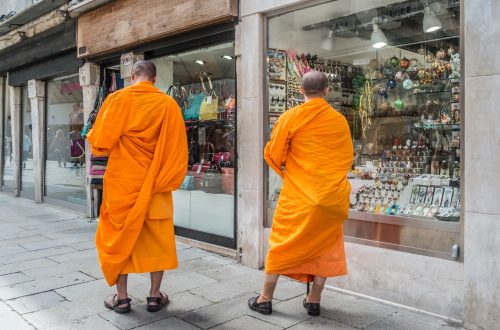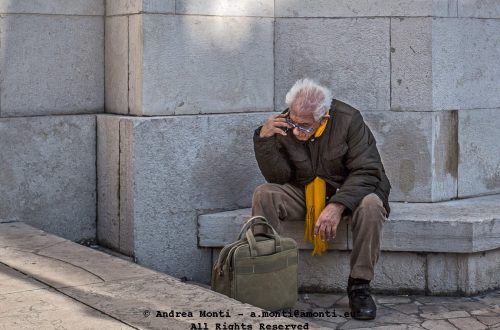
7Artisans 35mm 0.95 – Testing this Fujifilm X Mount Lens in a Demanding Environment
So far I have been very happy with the 7Artisans 35mm 0.95 in X-mount, but I have only tested it in non-demanding conditions. Although the results were promising at first sight, only a real test could give a definitive verdict (at least for me). So I decided to put it on trial last December 13, shooting ‘La Cenerentola’, Gioacchino Rossini’s melodrama at the Teatro Marrucino in Chieti (IT), together with the ‘battle-tested’ Fujifilm XF 18-120. Initially published on 35mmc.com
Did it work out? Let me spoil the conclusions: I really like this lens in absolute terms and not because of its value for money. The colour reproduction is excellent, the resolving power can match that of high-resolution sensors, and the construction is robust enough to withstand the rigours of field use.
The main drawback of this lens is the non-clicking aperture ring, which moves, although slightly, in an unpredictable way and requires constant checking. Not an issue when time is not of the essence, but a problem when shooting conditions require you to trust the equipment to work as pre-adjusted without the need for further checking. Of course, one should double-check where possible, but as a last resort it is better to rely on the camera not having changed its settings.
I noticed no particular distortion and no problems with chromatic aberration, although in the latter case it’s worth bearing in mind that even if the lens were prone to this (and perhaps it is), it might not show up in a real-life application such as opera photography.
That said, let’s deep-dive into a more detailed review.
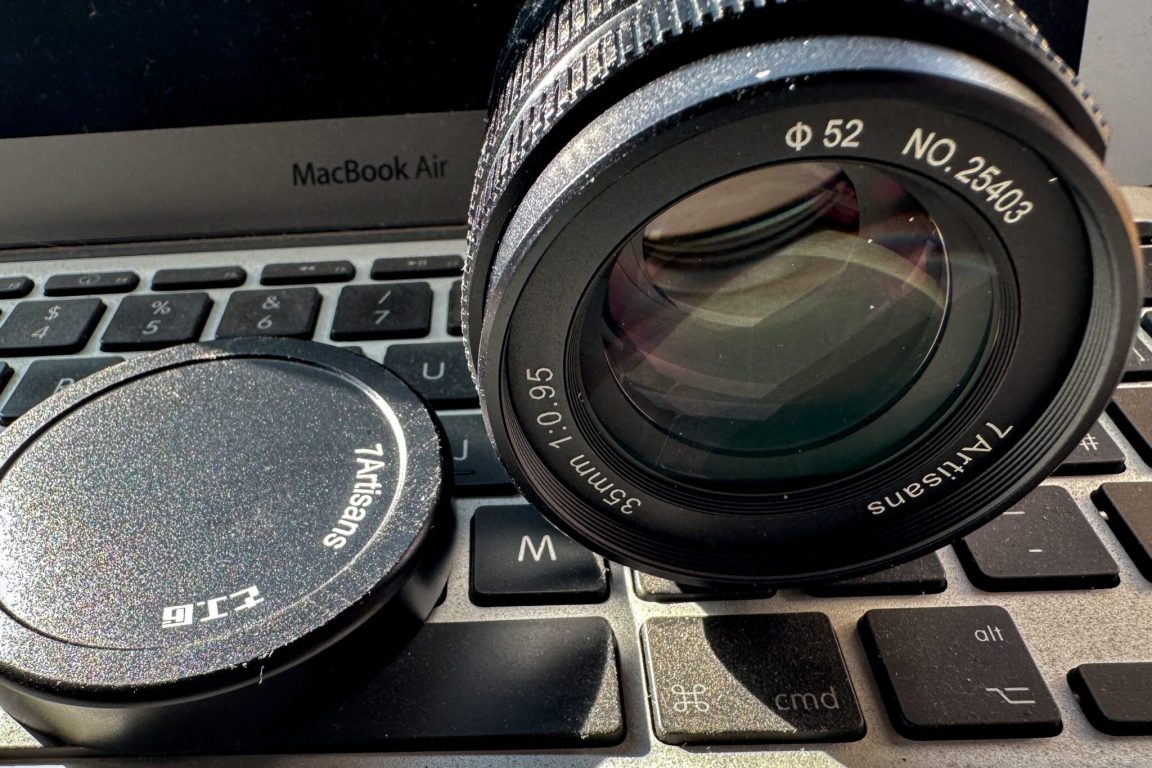
Background Separation
With a (nominal) aperture of 0.95, the lens makes the subject in the foreground pop out of the screen, just like other, more expensive glasses of this type.
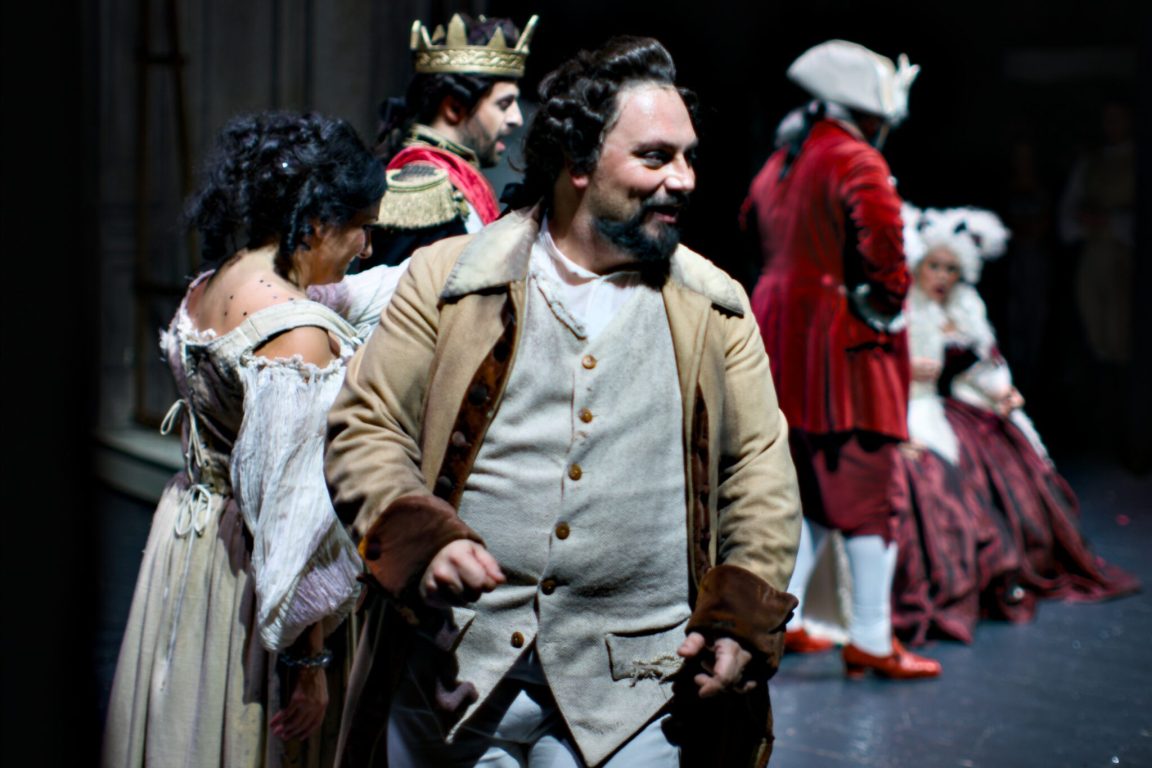
Bokeh’s design is not this lens’ forte, however the results are not disappointing.

Colour Rendition
The real strength of the 7Artisans 35mm 0.95 is how it renders colours and skin tones. Despite the unpredictable changes in light temperature and colour, the end result was very good, reminiscent of the classic Zeiss look and feel I used to get from the lenses I used with the (now thankfully sold) Leica M9.
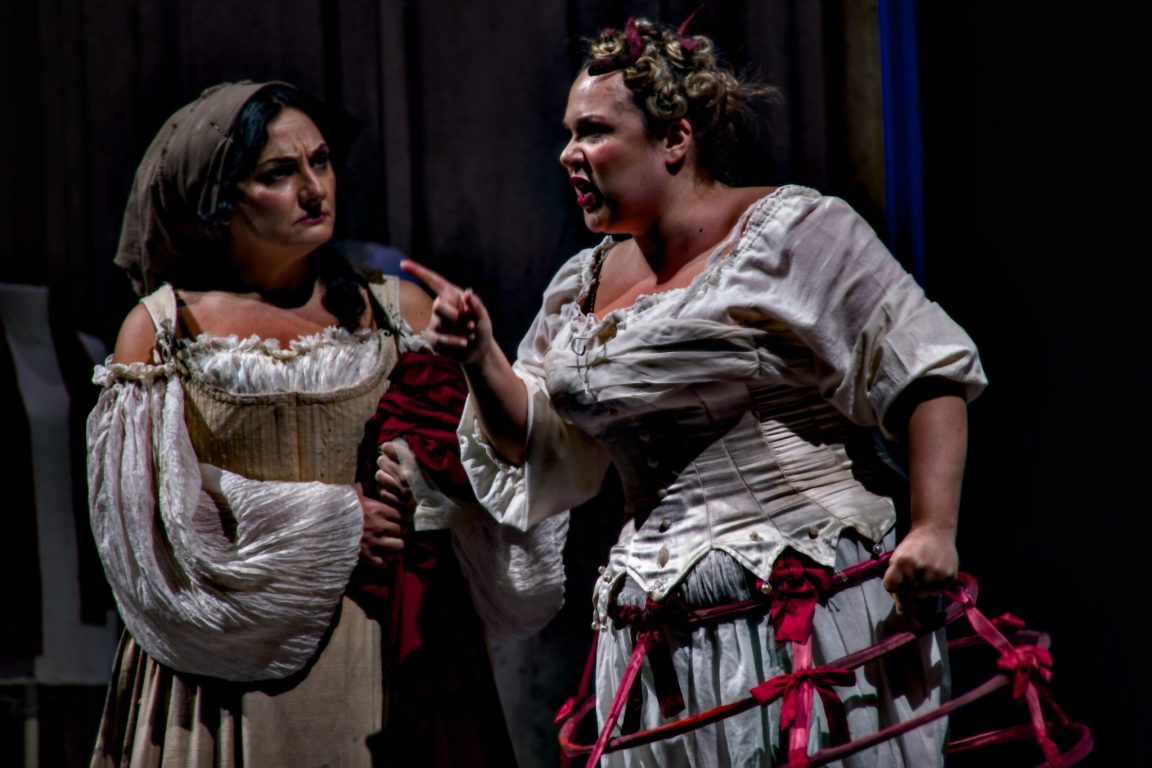
Resolving Power
Mounted on a Fujifilm X-T5, the 7Artisans 35mm 0.95 proved to have enough resolving power to meet the demands of the camera’s 40 megapixel sensor. This, combined with the X-T5’s wide bandwidth, meant that post-production tweaking was kept to a minimum.
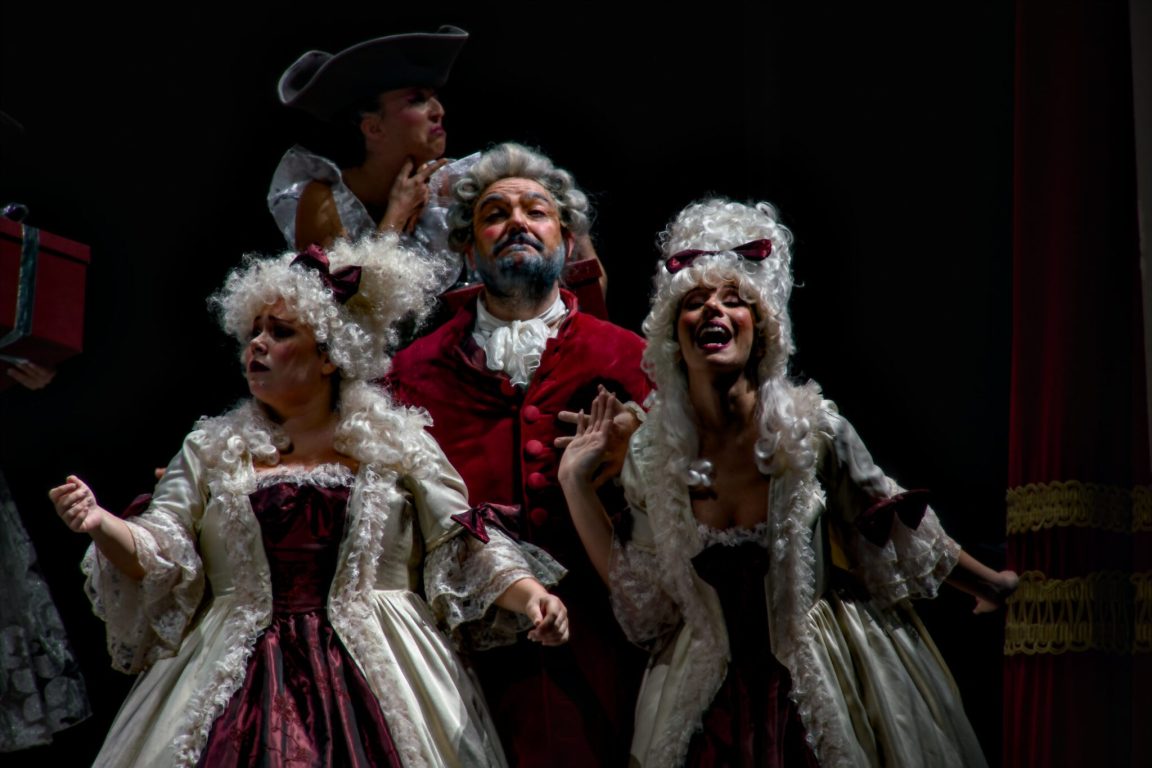
Focus Handling
As is normal with very bright lenses, manual focus can be tricky to get the hang of with the 7Artisans 35mm 0.95, but ultimately it’s a matter of using it long enough to learn how to deal with quirks and take advantage of strengths. The X-T5’s manual focus assist worked fairly well, but in some cases it was difficult to check that everything was fine. I don’t have experience with other systems, so I can’t say whether what I get from this camera is worse, better or on a par with other brands.
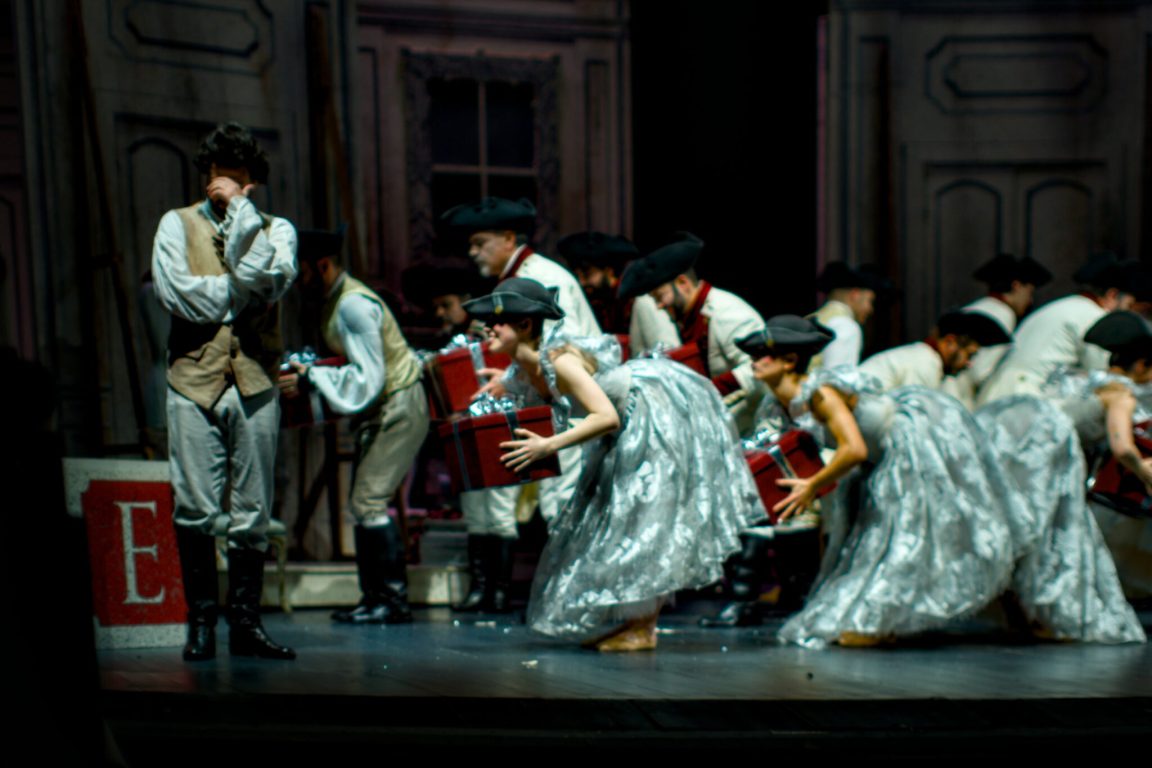
Softness
When used in low light, the softness of the corners is not an issue. In fact, at least in my assignments, I can think of very rare situations where it would be necessary to shoot at such a wide aperture in full light. Of course, just to be on the safe side, it is advisable to compose the shot by placing the subjects in the centre of the frame and leaving some dark space around the image.

Final Thoughts
As I said at the beginning of this article, I really like the 7Artisans 35mm 0.95. Like anything, it has its quirks and flaws, but I think they are outweighed by the positives.
Of course, an equivalent lens costing tens or hundreds of times the price of this ‘cheap’ glass would produce better photos. But how much better?
Field experience teaches that a piece of equipment should be judged on the results it can deliver, not on absolute values that, even if matched, may not offer significant improvements. Not that I have not used (and liked) expensive glasses (I even used a Leica M9 for a few years). But one day I realised that you don’t need ‘the best’ equipment to be a decent photographer, and that having ‘the best’ equipment in the hope of becoming a better photographer without a due amount of practice only makes photos look ostentatious on a social network or in the street.
I mean no disrespect to the decision to spend a considerable amount of money on equipment and less time on taking pictures. One of the things that makes photography such an interesting journey is the freedom to choose your own path without anyone telling you where or how to go. However, my point on this topic is very simple and it comes down to ends and means. Sure, if you know how to drive it, you can use a GMC Hummer to go to the grocery down the road, but unless you’re on a battlefield, it’s just overkill (pun not intended) and doesn’t do any (actual) good.
Post Scriptum: I bought this lens with my own money, no one asked me to write this review, and I have no affiliation with 7Artisans or any other vendor.



